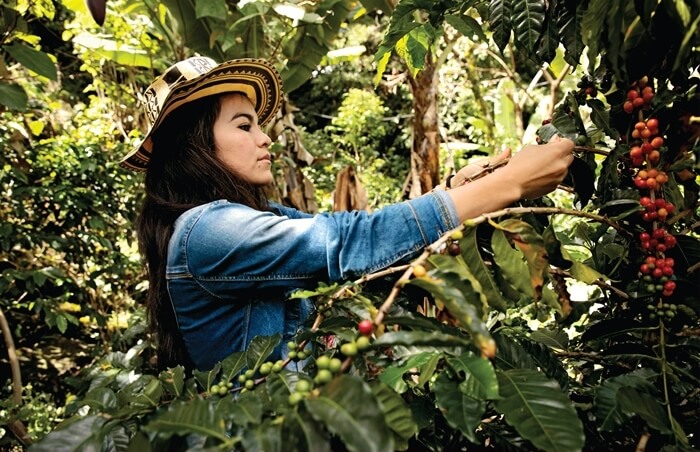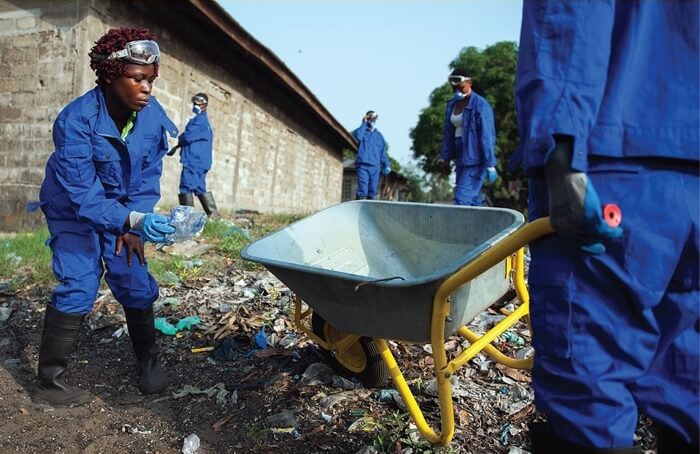he birdsong was the loudest that I’d ever heard, backed by the rolling crash of the ocean. Hummingbirds whirred. Trees were weighed down with ripe mangoes, tangled creepers and leaves the size of frisbees. I was searching for crabs with local chef Sherwin Clark in the stretch of Tobago’s emerald coastal forest that backs Englishman’s Bay, whose apricot sands are patterned not by footprints but by the swish of iguana tails.
Catching the crabs was the first step in making crab and dumpling, Tobago’s signature dish.
Locals are rightly proud of this salty, spicy, coconut-milk-infused curry that’s made with sweet local manicou crabs and served with cornmeal-and-flour dumplings. That’s partly because Tobago, the smaller, north-easterly island of the Republic of Trinidad & Tobago, is often overshadowed by its larger sibling. Most local food specialties, such as shark and bake, doubles and callaloo, originate in Trinidad and are eaten across both islands, but crab and dumpling is quintessential Tobago.
“Trinis come over here to eat it. It’s a Tobago thing,” Clark told me.
The other reason is that the dish is intimately connected with the Tobagonian landscape. Tobago is a land of plenty, with astonishing biodiversity including more than 260 species of birds. It’s also home to the world’s oldest protected rainforest, which is where these unique freshwater land crabs live, scuttling along the forest floor and in mountain streams rather than the marine environment usually associated with crabs. While sea crabs are also abundant in Tobago, the sweeter land crab meat is preferred for the dish.

Island Innovation is a social enterprise and digital media company at the intersection of sustainable development and communications, offering specialised services across various sectors. We bring together the private sector, government, utilities, NGOs and universities to advance innovation for sustainability and prosperity in islands worldwide.















